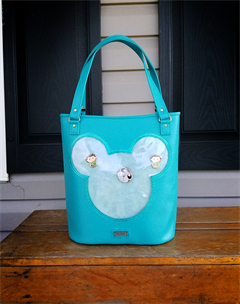Paper pouches can be a suitable choice for food storage in certain circumstances. However, it’s essential to consider factors such as the type of food, storage conditions, and the intended duration of storage when using paper pouches for food.
Here are some considerations and best practices for using paper pouches for food storage:
- Dry and Non-Greasy Foods: Paper pouches are best suited for dry and non-greasy foods like grains, pasta, cereal, dried fruits, nuts, and tea leaves. They provide a breathable environment that can help maintain the quality of these items.
- Moisture Sensitivity: Avoid using paper pouches for foods that are highly sensitive to moisture, as paper is not moisture-resistant. For moisture-sensitive items like flour or sugar, consider using airtight containers or plastic bags within the paper pouches.
- Proper Sealing: Ensure the paper pouches are sealed properly to prevent exposure to air, which can lead to food spoilage and loss of freshness. You can use adhesive tape, stickers, or a fold-over flap with a secure closure mechanism.
- Use Inner Liners: For foods that may leak oils or have strong odors (e.g., coffee beans), consider using an inner liner made of a food-safe material like wax paper, parchment paper, or food-grade plastic before placing the food in the paper pouch.
- Labeling: Clearly label the paper pouches with the contents and date of storage to help you keep track of freshness and expiration dates.
- Storage Conditions: Store paper pouches in a cool, dry place away from direct sunlight, humidity, and extreme temperatures to maintain food quality and safety.
- Freezer Use: Paper pouches are not suitable for long-term freezer storage, as they do not provide airtight protection against freezer burn. If you intend to freeze food, consider using airtight, freezer-safe containers or vacuum-sealed bags.
- Limited Shelf Life: Keep in mind that paper pouches may not have the same barrier properties as some other packaging materials. Therefore, they may not extend the shelf life of foods as effectively as vacuum-sealed or airtight containers.
- Sustainability: If you’re concerned about environmental impact, choose paper pouches made from recycled or sustainably sourced materials. Look for pouches that are compostable or easily recyclable to reduce waste.
- Regular Inspection: Periodically check the contents of paper pouches for signs of spoilage, such as mold, unusual odors, or changes in texture or color. If any issues are detected, discard the food.
Paper pouches can be a charming and eco-friendly option for short-term food storage, especially for dry and non-perishable items. However, for longer-term storage or foods with specific storage requirements, it’s advisable to consider alternative packaging options such as airtight containers, vacuum-sealed bags, or specialized food storage solutions designed to preserve food freshness and quality over extended periods.




















